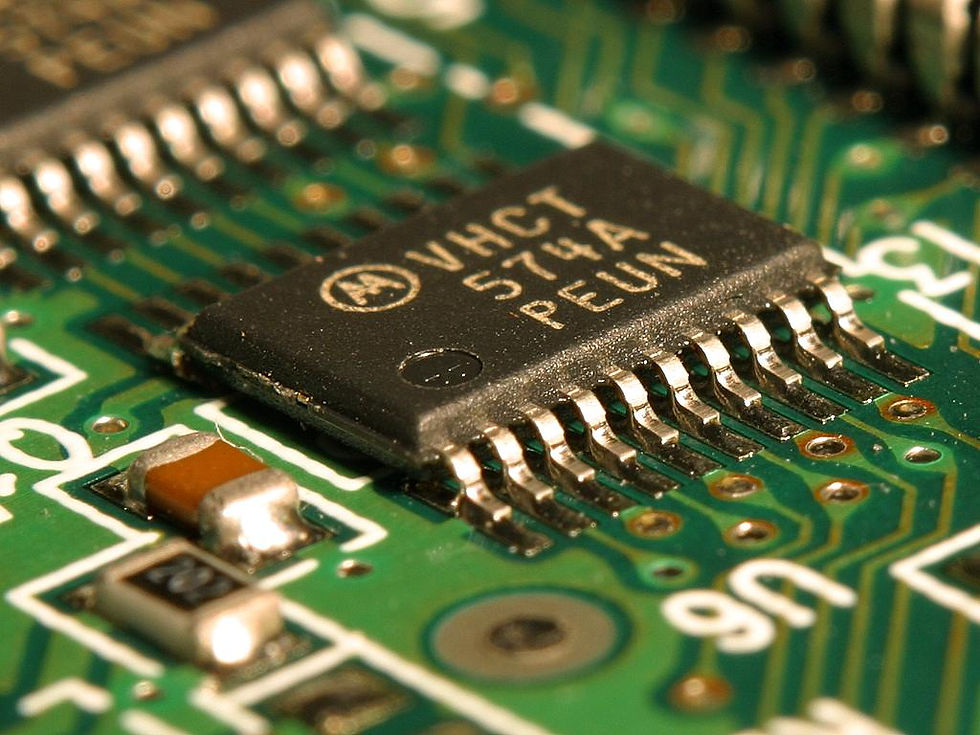The Future of A.I. for Low-Income Communities and Developing Countries
- Ilaria Freccia
- Oct 18, 2023
- 2 min read
It seems as if almost overnight Artificial Intelligence technology (A.I.) is everywhere. Starting with the nearly overnight explosion of Chat Generative Pre-trained Transformer (ChatGPT), a generative A.I. chatbot, followed by A.I. technology from nearly every company in Silicon Valley, the next future of technology has arrived. However, in the grand scheme of things, is this future beneficial to the needs of the world? Does it really have the potential to change the world and help those sure to be left behind?
Research seems to suggest that the answer is yes, but only if used intentionally. The biggest potential for equity from A.I. is in healthcare (A.I.-H). Rapid diagnostic tests can be more affordable and accessible, allowing those otherwise excluded from key diagnoses to receive key information about health conditions. In addition, improved diagnoses and accuracy could eliminate expensive treatments. In India, 65% of healthcare spending is out of pocket. This means that the diagnosis of an aggressive disease like cancer could devastate entire families financially for generations.
The issue, however, is that these new technologies can, for the time being, be expensive. This means that they will primarily go to well-funded hospitals and areas that have the resources and researchers to support them. Furthermore, many of the currently approved technologies that are designed to save money depend on processes that don’t exist in low-income communities. For example, A.I.-powered breast lesion categorisation has the power to be revolutionary in diagnostic testing, however, it is only useful where regular screening requires the processing of large volumes of tests. For poorer communities, where magnetic resonance imaging (MRI) or a computerised tomography (CT) scan is unaffordable, these newer technologies are useless.
Another issue is around reimbursement for A.I.-H technology. In October 2020, the Centre of Medicare & Medicaid Services (CMS) approved the first reimbursement. The idea behind this is to incentivize hospitals to change their treatment options. However, these global prices are set in reference to affordability in the American healthcare system, rather than low costs, there is almost no opportunity for low-income communities to benefit.
However, advancements in equity around A.I.-H are happening. The World Health Organisation has established an AAA approach— “Availability, Affordability, and Adoption”, and many organisations around the world are adopting it through the creation of mobile apps that provide resources to understand and manage different conditions.
As A.I. advances are made, it is important for big tech companies and global institutions to act intentionally as they are rolled out. Particularly, acknowledging low-income communities and developing countries, rather than building A.I.-H advances around the systems of highly advanced, developed countries. As technology rapidly advances, it’s important that accessibility is aligned with these advances. Healthcare equity is directly aligned with social equity, and ultimately, these advances in A.I.-H will not only provide higher-quality treatment to all but will also help improve social inequalities in the healthcare system and around the world.



